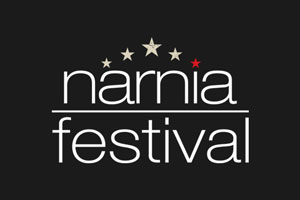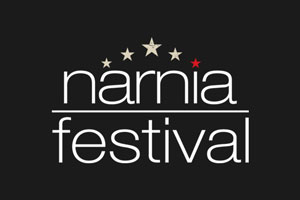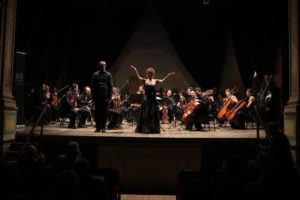Historical Information
Although Neolithic people lived in this region, the first historical document mentioning the town is dated 600 B.C.
Narni was a Roman colony under the name of Narnia, a name that comes from the Nar River, which today is called the Nera.
In 233 B.C., with the construction of the via Flaminia from Rome to Rimini on the Adriatic coast, Narni became of major importance and it was heavily fortified because the road passed through the town.
In 90 B.C., Narnia became a municipally (semi independent) town within the Roman Empire.
The first Christian Bishop of Narni, Giovenale from Cartage, was chosen in 368 A.D. and later was consecrated as Patron Saint of the town.
Narni’s strategic position, standing as it does above the deep gorge of the river Nera, has made it a target of many invading and barbarian forces.
In the 11th Century it established its power as a free “Comune” (autonomous town).
Between the 12th and the 14th century it reached its greatest splendor.
In 1371, the Pope Reformed the Statutes of the city and Narni became part of the Papal State.
Narni developed a school of painting and goldsmithing. Many artists of the renaissance period produced work for clients and patrons in Narni: Rosellino, Ghirlandaio, Gozzoli, Vecchietta, Antoniazzo, Romano and Spagna.
On the 17th of July 1527 the Lanzichenecchi (northern mercenaries) stopped on their way back from the sacking of Rome and destroyed Narni.
Slowly the walls, buildings and churches were rebuilt and by the end of the century, Narni had been re-established.
After the rebuilding, many important artists returned to Narni, including Vignola and Zuccari. Also Sangallo and Scalza, who took part in the reconstruction of the town.
In 1664 the town library was founded. Many famous people were born in Narni, including: the emperor M.C. Nerva, Gattamelata, the Beata Lucia, Bernardo, Eroli, Galeotto Marzio and S. Cassio.


 English
English

